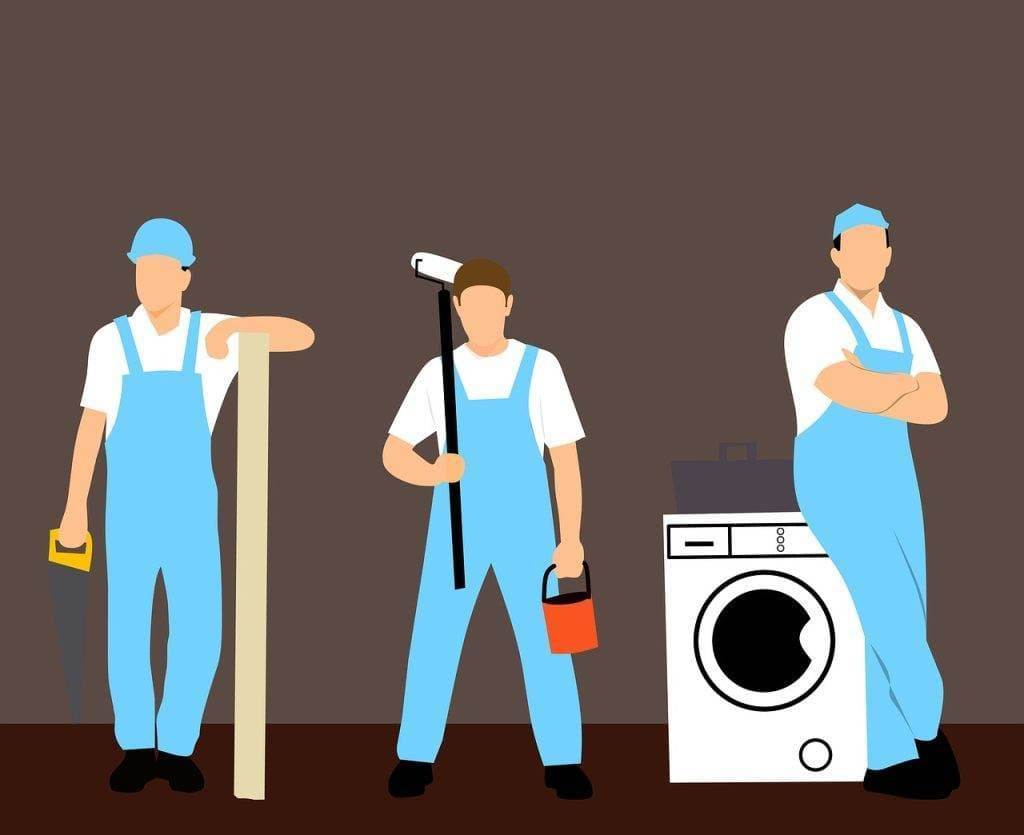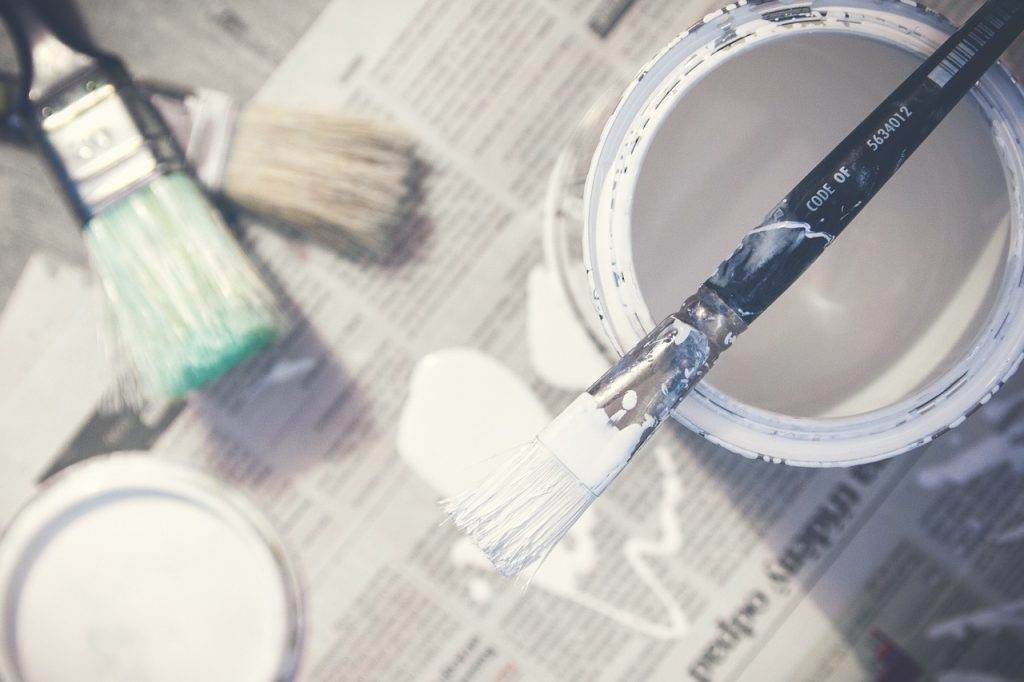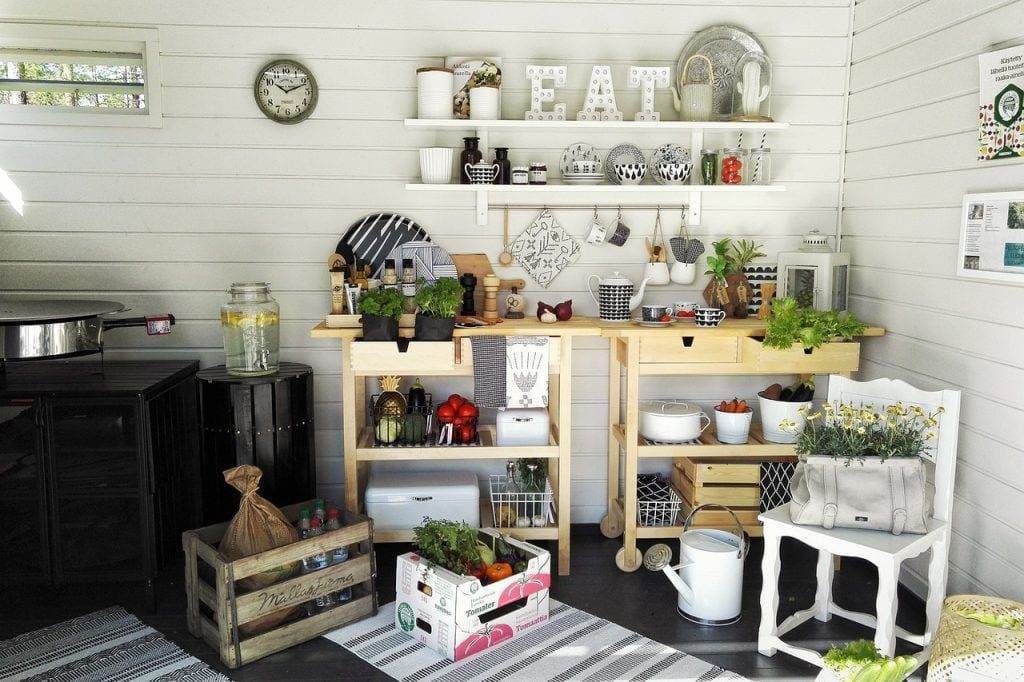So, you’ve decided to embark on a home renovation project – exciting stuff! But before you get carried away with choosing paint colors and picking out new fixtures, there’s an important aspect you shouldn’t overlook: protecting your house during the renovation process. From dust and debris to potential damage, there are several steps you can take to ensure your home stays safe and secure while undergoing its transformation. In this article, we’ll explore some practical tips and strategies to help you safeguard your beloved abode during the renovation chaos.

This image is property of pixabay.com.
1. Securing Your Belongings
During a renovation, it’s important to take precautions to protect your belongings. This includes both valuable items and delicate or fragile items.
1.1 Protecting Valuables
When it comes to protecting valuables, it’s a good idea to remove them from the construction area if possible. This can include jewelry, artwork, electronics, or any other expensive items. Store them in a secure location, such as a locked cabinet or a safe. If moving them isn’t an option, consider covering them with a plastic sheet or tarp to protect them from dust or debris.
1.2 Moving Fragile Items
If you have fragile items, such as delicate china or glassware, it’s essential to handle them with care. Wrap them in bubble wrap or packing paper and place them in sturdy boxes labeled as fragile. When moving these boxes, be sure to take your time and use caution to avoid any accidents or breakages. It may be helpful to enlist the help of professionals who are experienced in packing and moving fragile items.
1.3 Storing Furniture and Appliances
When renovating, it’s common to need to clear out rooms or areas where work will be done. To protect your furniture and appliances during this time, it’s best to move them to another part of the house or to a storage unit. If neither of these options is feasible, cover them with protective sheets or blankets to prevent any damage from dust or debris. Additionally, consider using furniture sliders or dollies when moving heavier items to avoid scratching or denting the floors.
2. Protecting Surfaces and Floors
During a renovation project, surfaces and floors can easily get damaged or stained. It’s essential to take steps to protect them.
2.1 Covering Surfaces
Before any work begins, cover surfaces such as countertops, tables, and cabinets with protective materials. Plastic sheets or tarps can provide a barrier against dust, spills, or accidental damage. Secure the covers tightly to prevent them from shifting or falling off during the renovation process.
2.2 Protecting Floors
One of the most vulnerable areas during a renovation is the floors. Whether you have hardwood, tile, or carpet, it’s essential to protect them from scratches, spills, or other damage. For hardwood or tile floors, consider using adhesive protectors or cardboard sheets to create a barrier. Carpeted areas can benefit from the use of heavy-duty plastic sheets or even temporary carpet protection film. Be sure to secure these materials properly to prevent any slips or tripping hazards.

This image is property of pixabay.com.
3. Minimizing Dust and Debris
Construction projects often generate a significant amount of dust and debris that can spread throughout your home. Minimizing their presence will help maintain a cleaner and healthier environment.
3.1 Setting Up Barriers
To prevent dust and debris from spreading beyond the construction zone, it’s helpful to set up barriers. One option is to install plastic sheeting or temporary walls to create a physical separation between the construction area and the rest of the house. This will contain the majority of the dust and debris within the designated space, making cleanup more manageable.
3.2 Using Dust Containment Systems
In addition to creating barriers, using dust containment systems can help further minimize dust and debris. These systems, such as dust extractors or air scrubbers, filter the air and capture particles, reducing the amount of dust that gets circulated throughout your home. It’s important to consult with professionals or construction experts to determine the appropriate dust containment system for your specific renovation project.
4. Safeguarding Against Damage
During renovations, it’s crucial to take measures to safeguard your home’s structure and prevent any unintended damage.
4.1 Securing Doors and Windows
With increased foot traffic and heavy equipment moving in and out of your home, it’s essential to secure doors and windows to prevent accidental damage. Reinforce them with additional locks or bolts to ensure they stay closed during the construction process. Consider posting signs reminding workers to be mindful of closing doors behind them to minimize drafts, dust, and noise transfer.
4.2 Reinforcing Walls and Ceilings
Depending on the extent of your renovation project, there may be the risk of damage to walls and ceilings. To prevent cracks or structural issues, reinforce these areas as needed. This may involve consulting with structural engineers or professionals experienced in reinforcing walls and ceilings. Taking these precautions can help protect your home’s integrity during the renovation process.

This image is property of pixabay.com.
5. Ensuring Safety
Safety should always be a priority during any renovation project. Taking the necessary steps to ensure a safe working environment is crucial.
5.1 Maintaining a Clear Pathway
With construction materials, tools, and workers moving around your home, it’s important to maintain a clear pathway throughout the renovation area. Remove any obstacles, such as furniture or decor, that could pose a tripping hazard. Ensure that any remaining items are securely stored, away from the construction zone, to prevent accidents.
5.2 Marking Hazardous Areas
During a renovation, certain areas may be deemed hazardous, such as areas with exposed wires or unfinished flooring. Make sure to clearly mark these areas with caution tape or signage to alert anyone in the vicinity of potential dangers. This will help prevent accidents and injuries.
5.3 Providing Adequate Lighting
Proper lighting is essential to maintain a safe working environment. Ensure that there is adequate lighting in the construction zone, making it easier for workers to see and navigate. Additionally, consider adding temporary lighting in adjacent areas to minimize the risk of accidents due to poor visibility. Well-lit spaces will help prevent trips, falls, and other mishaps.
6. Managing Noise Levels
Renovations often involve loud noises that can disrupt your daily routine and potentially disturb your neighbors. It’s important to take steps to manage and minimize noise levels.
6.1 Communicating with Neighbors
Before starting any renovation project, it’s considerate to inform your neighbors about the upcoming construction and the potential noise it may generate. This will allow them to make any necessary arrangements or adjustments to their schedules. Maintain open lines of communication throughout the renovation process so that any concerns or issues can be addressed promptly.
6.2 Using Soundproofing Techniques
To mitigate the impact of noise on your household and neighbors, consider incorporating soundproofing techniques during the renovation. This can include adding insulation, installing acoustic panels or curtains, or even using white noise machines to mask the sound. Working with a professional in the field of soundproofing can help you identify the most effective solutions for your specific space.

7. Protecting HVAC Systems
During renovations, HVAC systems can become vulnerable to dust, debris, or accidental damage if not properly protected.
7.1 Covering Vents and Registers
To prevent dust and debris from entering your HVAC system, cover vents and registers with temporary plastic covers or filters. These covers can easily be removed once the renovation is complete, ensuring that your HVAC system remains clean and functional.
7.2 Shutting Off HVAC Systems
In some cases, it may be necessary to shut off your HVAC system during renovations. This can help prevent dust and debris from being circulated throughout your home. Consult with HVAC professionals to determine the best course of action for your specific renovation project. Remember to turn off the system before any work begins and schedule a professional inspection and cleaning after the renovations are complete.
8. Hiring Professionals for Sensitive Areas
Certain areas of your home, such as plumbing, electrical systems, and HVAC modifications, may require specialized knowledge and expertise. Hiring professionals for these sensitive areas can help ensure their protection and proper handling.
8.1 Protecting Plumbing and Electrical Systems
When renovating areas that involve plumbing or electrical systems, it’s crucial to hire licensed professionals. They will know how to protect these systems during the construction process, reducing the risk of damage or accidents. They can also provide guidance on any necessary upgrades or repairs to ensure that your home remains safe and functional.
8.2 Handling HVAC Modifications
If your renovation project involves modifications or upgrades to your HVAC system, it’s essential to hire experienced HVAC professionals. They will have the knowledge and skills to handle these complex systems properly. Improper HVAC modifications can lead to inefficient operation, increased energy costs, or even safety hazards. Protect your HVAC system and ensure its optimal performance by entrusting these tasks to professionals.

9. Monitoring Construction Progress
Throughout the renovation process, it’s important to monitor the progress and address any issues promptly. Regular inspections and open communication with your contractor can help ensure that everything is running smoothly.
9.1 Regular Inspections
Schedule regular inspections with your contractor to assess the progress and quality of the work. This will allow you to catch any potential issues early on and make any necessary adjustments. Monitor the construction site for any signs of damage, improper handling of materials, or deviations from the agreed-upon plans.
9.2 Addressing Issues Promptly
If you notice any problems or concerns during the renovation, address them promptly with your contractor. Effective communication is key to resolving issues in a timely manner. By being proactive, you can prevent minor issues from escalating into major problems and ensure that your renovation project stays on track.
10. Obtaining Insurance Coverage
Before undertaking a renovation project, it’s essential to review your homeowner’s insurance policy and consider additional coverage options.
10.1 Checking Homeowner’s Insurance Policy
Review your homeowner’s insurance policy to understand what it covers during renovations. Some policies may have specific provisions or exclusions related to construction work. Understanding your coverage will help you determine whether additional insurance is necessary.
10.2 Considering Renovation-specific Coverage
Depending on the scope of your renovation project, it may be beneficial to consider renovation-specific insurance coverage. This type of coverage can help protect against accidents, damages, or liability during the construction process. Consult with your insurance provider to explore available options and determine the best coverage for your specific needs.
By taking the necessary precautions and following these guidelines, you can protect your house during renovation. Remember to prioritize the safety of your belongings, surfaces, and structure. Effective communication with professionals and regular monitoring of the construction progress will help ensure a successful and stress-free renovation experience.
